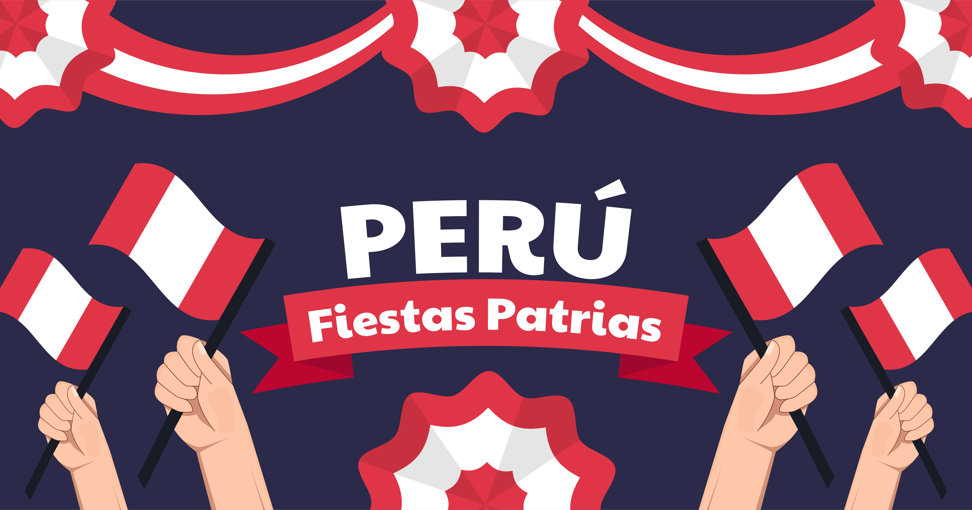Anticuchos: the story and recipe of peru’s beloved street food skewers

History of the anticucho:
Since the time of the Inca Empire, Peruvians were already accustomed to consuming pieces of meat seasoned with chili peppers and aromatic herbs. With the arrival of the Spanish, new ingredients and cooking techniques were introduced, giving rise to anticuchos as we know them today. In pre-Columbian times, before the Spanish arrived, anticuchos were prepared by ancient Peruvians using mainly llama or alpaca meat, which were the domesticated animals available in the Andes at that time.
Historical details:
Llama or alpaca meat: These lean meats were an important part of the Andean diet. The ancient Peruvians cooked the meat on skewers, roasting it over a fire, using local ingredients like Andean herbs and native chilies for seasoning. European ingredients like vinegar were not used, as these were introduced after the conquest.
After the arrival of the Spanish: With the introduction of cattle, beef heart became the main ingredient in anticuchos. Ingredients such as garlic and vinegar were also introduced, which today are key components of the marinade. Originally, ancient Peruvians prepared anticuchos with llama or alpaca meat, cooked over fire on sticks and seasoned with native ingredients like chili pepper. After colonization, the dish evolved into what is now known as beef heart anticucho.
The term anticucho comes from Quechua: anti (Andes) and kucho (cut), translating to “cut from the Andes.” There is also a theory that it derives from uchu (chili), which would link it to “Andean chili.” This early version of anticucho was more rustic and less seasoned than the colonial or modern versions. It reflects the use of local resources, with a cuisine deeply connected to the land, fire, and communal traditions.
During colonial times, the Spanish prepared meat seasoned with wine and spices, cooked on skewers similar to kebabs. However, they did not consume offal or organ meats, which were given to enslaved people. These individuals, resourcefully, began cooking beef heart with chicha (a fermented corn beverage) and vinegar, and grilled it. Later, they would insert the meat pieces onto sugarcane sticks for easier consumption. This is how anticuchos in their current form were born.
Meat used in anticuchos:
Anticuchos are prepared in various Latin American countries, especially in Peru, and are traditionally made with beef heart.
Details about the meat:
Beef heart is the most traditional and authentic meat used to prepare Peruvian anticuchos. It has a firm texture and an intense flavor that pairs well with the marinade of ají panca (a type of red chili), garlic, vinegar, and spices.
Other (less traditional) options:
Beef cuts (tenderloin, rump, etc.): Some modern versions use softer cuts if organ meats are not preferred.
Chicken: Anticuchos can also be made with chicken, especially in homemade versions or for children.
When Anticuchos Are Eaten:
Today, anticuchos are a very popular dish enjoyed year-round, though they have a special presence in October, during the Mes Morado (Purple Month), when the Señor de los Milagros (Lord of Miracles) is celebrated. They are usually served with corn on the cob, golden potatoes, and a generous portion of chili sauce.
RECIPE
Ingredients:
- 1 beef heart
- 1/2 cup vinegar
- 1 tables poon ground garlic
- Cumin (to taste)
- Salt (to taste)
- Pepper (to taste)
- 2 tablespoons ají panca paste (for marinade)
- A pinch of salt (for marinade)
- 1 cup oil (for marinade)
- 2 tablespoons oregano
- 4 tablespoons ají panca paste
- 1 cup dark beer
- Wooden skewers (used for kebabs)
- A brush made from corn husk leaves (to apply oil and marinade)
Preparation:
The first step is to clean the beef heart and cut it into evenly sized pieces. Then, in a bowl, mix the ají panca, garlic, salt, pepper, cumin, oregano, vinegar, and beer. Once the mixture is well blended, add the heart pieces and let them marinate for at least a couple of hours.
In another bowl, mix the 2 tablespoons of ají panca paste, a pinch of salt, and a cup of oil. This will be the basting sauce used while grilling the anticuchos.
Once the heart pieces have absorbed the flavors, thread 3 to 4 pieces onto each skewer. Then place them on the grill and cook on both sides. Use the brush to baste the skewers with the marinade while cooking to enhance the flavor.
Beef heart anticuchos can be served with a piece of boiled corn on the cob and sliced potatoes, which can also be grilled for added flavor
SOURCES:
Prom Peru
El Comercio